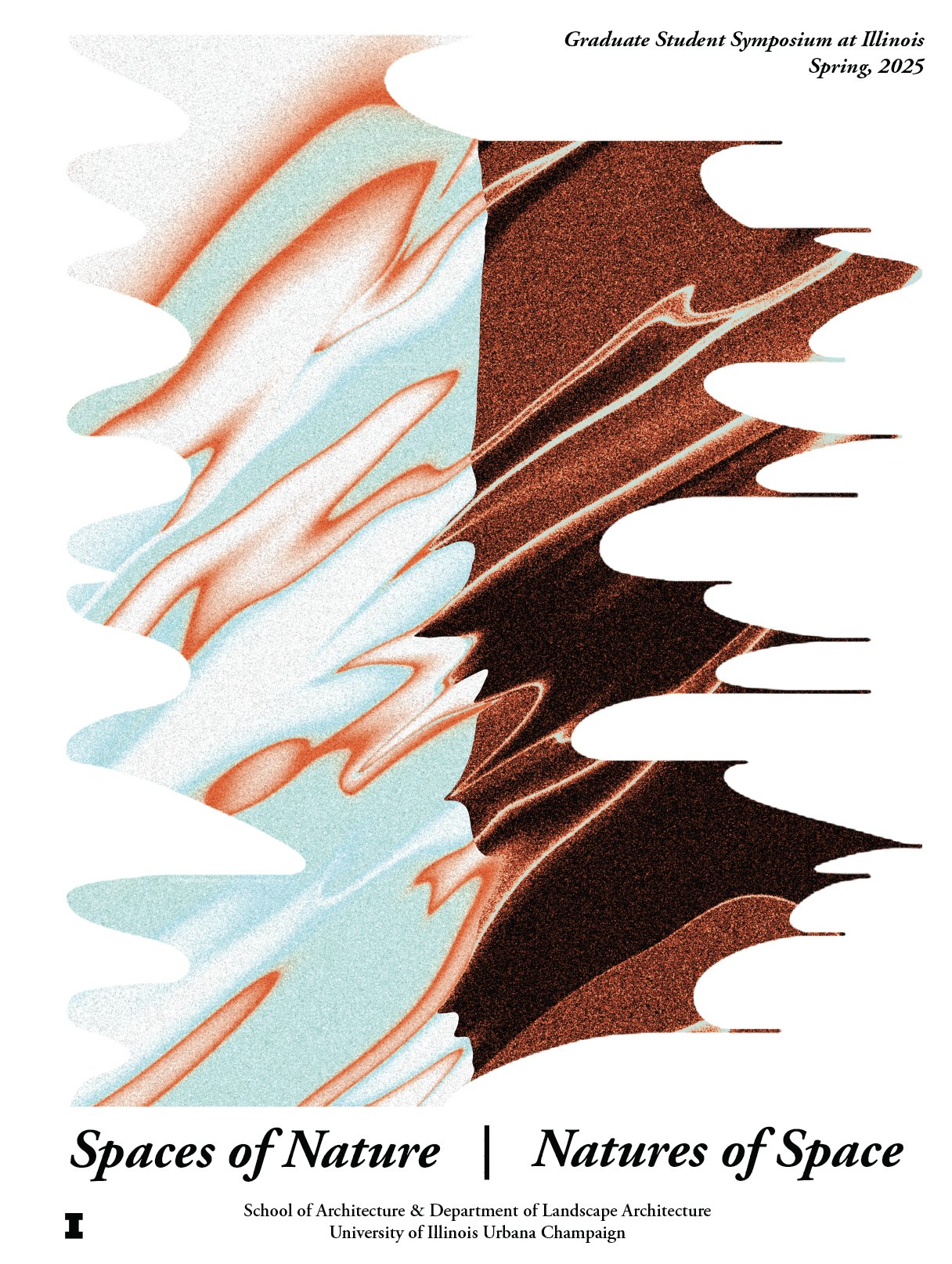
Spaces of Nature/Natures of Space Symposium
Co-organized the 'Spaces of Nature/Natures of Space' graduate student symposium at the University of Illinois Urbana-Champaign with Taisuke Wakabayashi. I was also responsible for creating the event's graphic identity, and designing the official website ↗. During the symposium, held on February 14, 2025, I presented an early draft of my research paper, 'The Interpretive Nature of Space: Generative Ambiguity in Heritage Visualization'.
Abstract In architectural representation, the tension between objectivity and ambiguity creates fertile ground for interpretive engagement. Yet contemporary digital visualization practices increasingly prioritize photorealism—a pursuit that, as Lefebvre cautions, risks reducing the multidimensionality of lived space to a superficial spectacle. Drawing on research conducted at Cyprus's Virtual Environments Laboratory, this paper contends that the nature of space emerges not through visual mimesis but through the generative potential of representational ambiguity. Such an approach aligns virtual reconstructions with the deeper intellectual and cultural aims of the Digital Humanities.
Abstract In architectural representation, the tension between objectivity and ambiguity creates fertile ground for interpretive engagement. Yet contemporary digital visualization practices increasingly prioritize photorealism—a pursuit that, as Lefebvre cautions, risks reducing the multidimensionality of lived space to a superficial spectacle. Drawing on research conducted at Cyprus's Virtual Environments Laboratory, this paper contends that the nature of space emerges not through visual mimesis but through the generative potential of representational ambiguity. Such an approach aligns virtual reconstructions with the deeper intellectual and cultural aims of the Digital Humanities.
The Nicosia International Airport (1968), abandoned in Cyprus's UN buffer zone since 1974, exemplifies the interpretive challenges of modern architectural heritage. Here, meaning is negotiated between design intent, built form, and lived experience. More than a modernist relic of Cyprus's post-colonial aspirations, the site's abrupt abandonment transformed it into a time capsule of what de Certeau terms ‘spatial practices’: public terraces and amenities overlooking the tarmac once fostered forms of social life unimaginable in today's airports. With these practices now confined to living memory, there is an urgent need for methodologies that integrate experiential knowledge with conventional documentation.
To address this gap, we developed an innovative approach to heritage visualization through a year-long museum installation featuring a virtual reconstruction of the airport set in 1969. By embedding carefully designed 'interpretation gaps'—strategic ambiguities in the visualization—we created a system that invites visitors to actively bridge these gaps through their contributions: memories, media, and historical knowledge. In this way, the virtual environment becomes both a research instrument and a conduit for collective storytelling, supporting rather than supplanting the social practices that sustain collective memory.
Related Projects
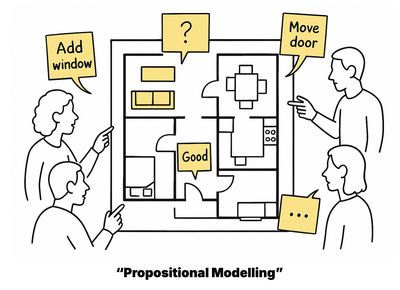
Generative Ambiguity in Heritage Visualisation
Presented at the DARIAH Annual Event 2025 in Goettingen, Germany. The talk was part of the Digital S...
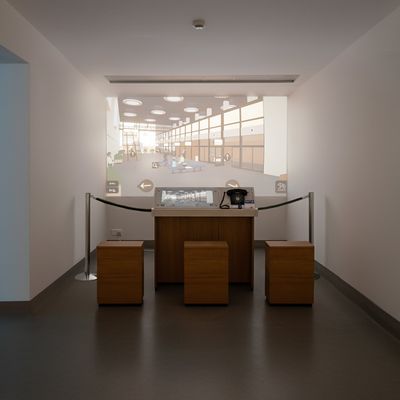
Nicosia International Airport VE
As a centerpiece of my doctoral research, I led the design of an immersive reconstruction for the Ni...
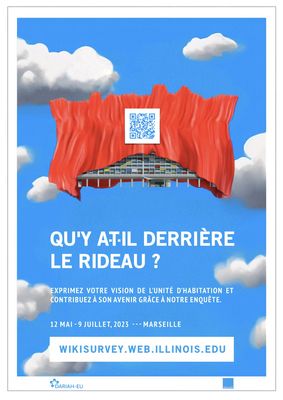
Unité d'Habitation Poster
To draw exhibition visitors to our interactive survey webapp, we designed a poster with some basic i...
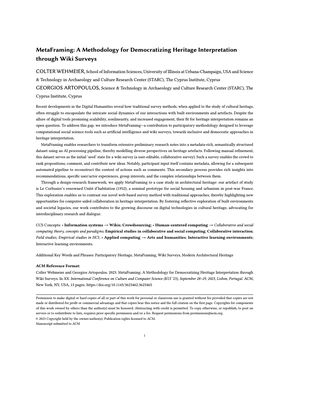
MetaFraming: A Methodology for Democratizing Heritage Interpretation through Wiki Surveys
This paper introduces MetaFraming, a participatory methodology using three distinct AI pipelines (po...